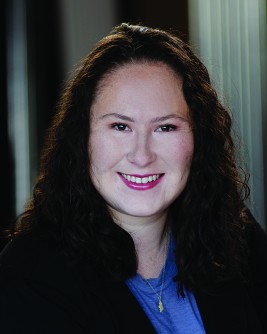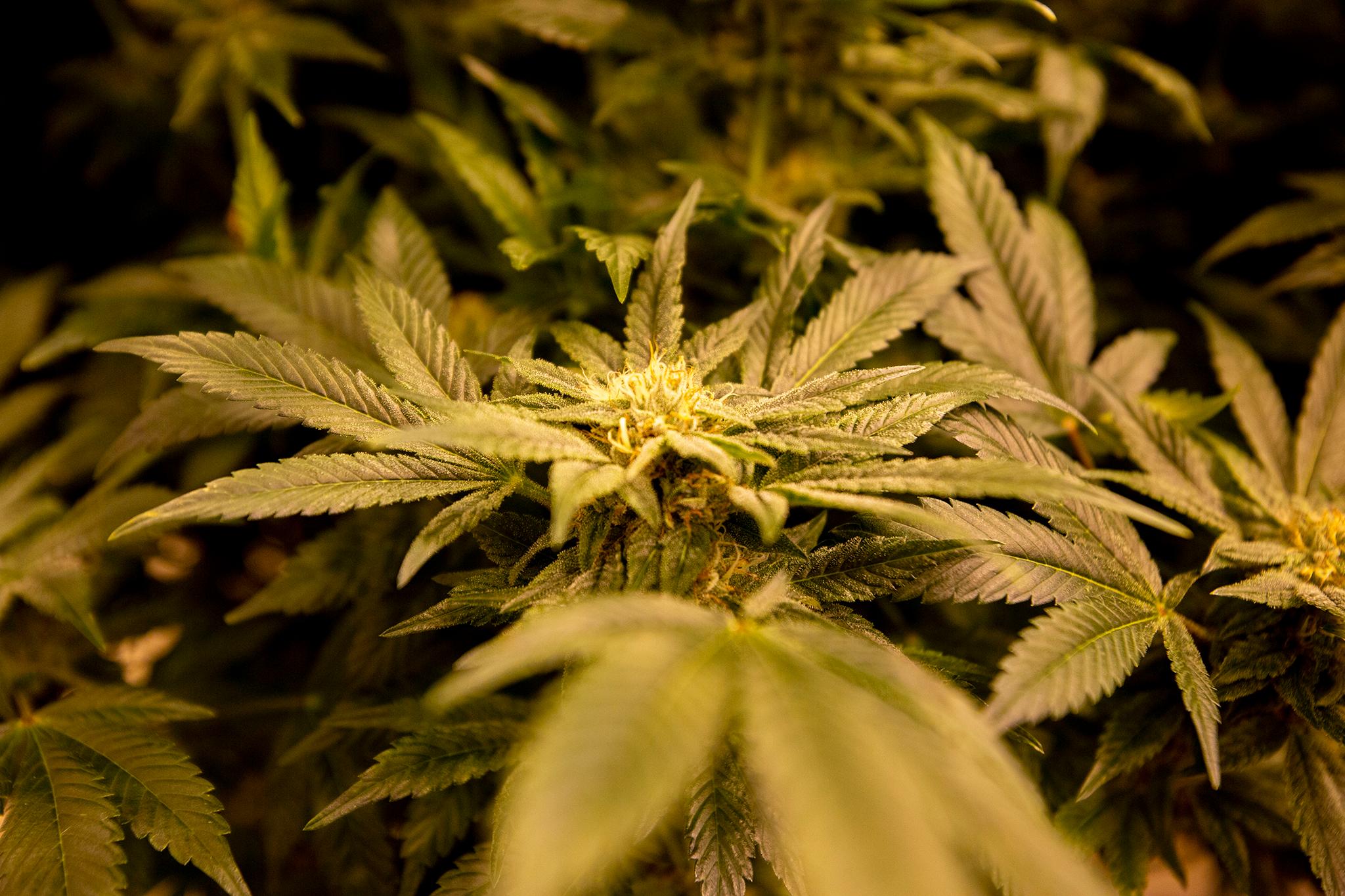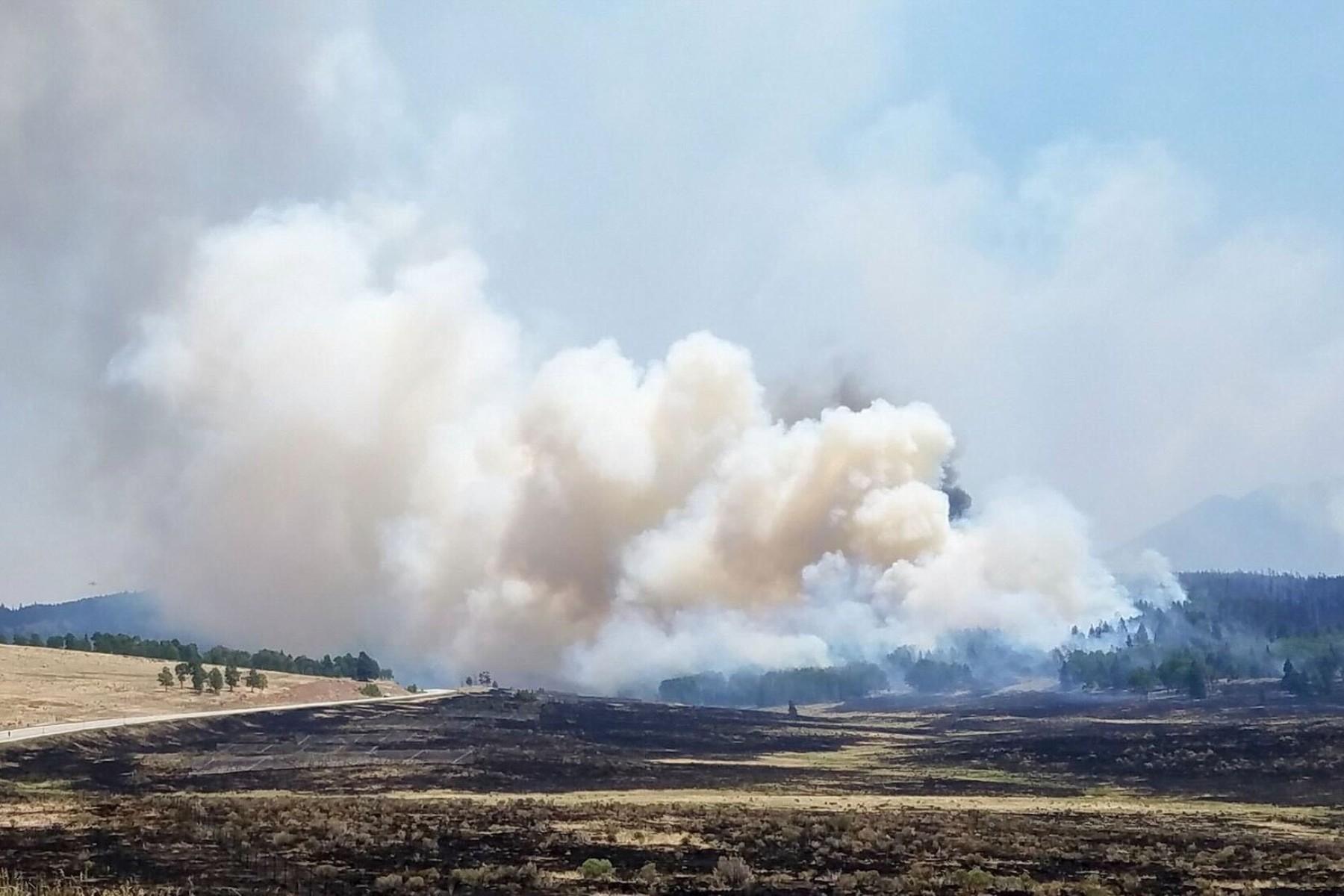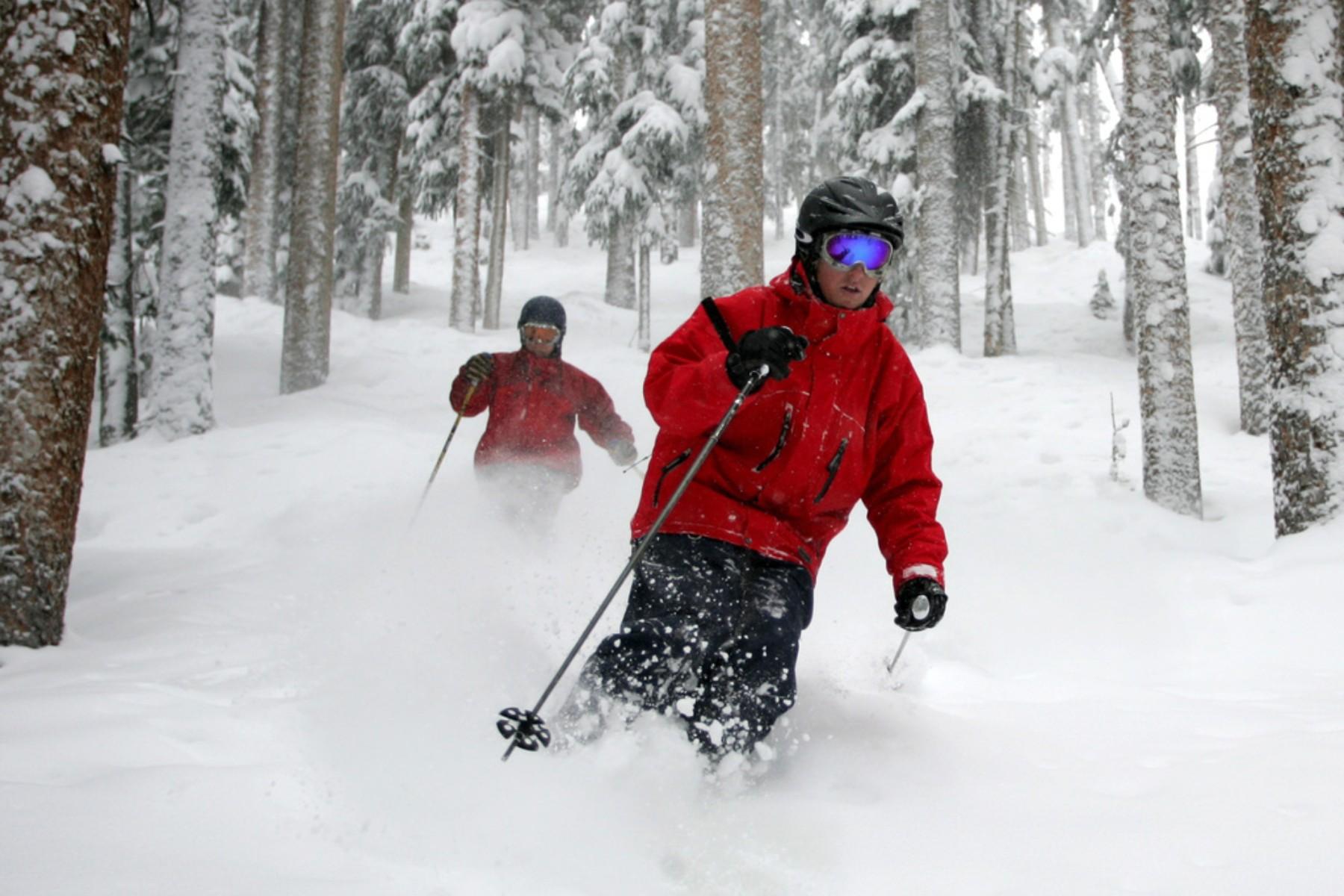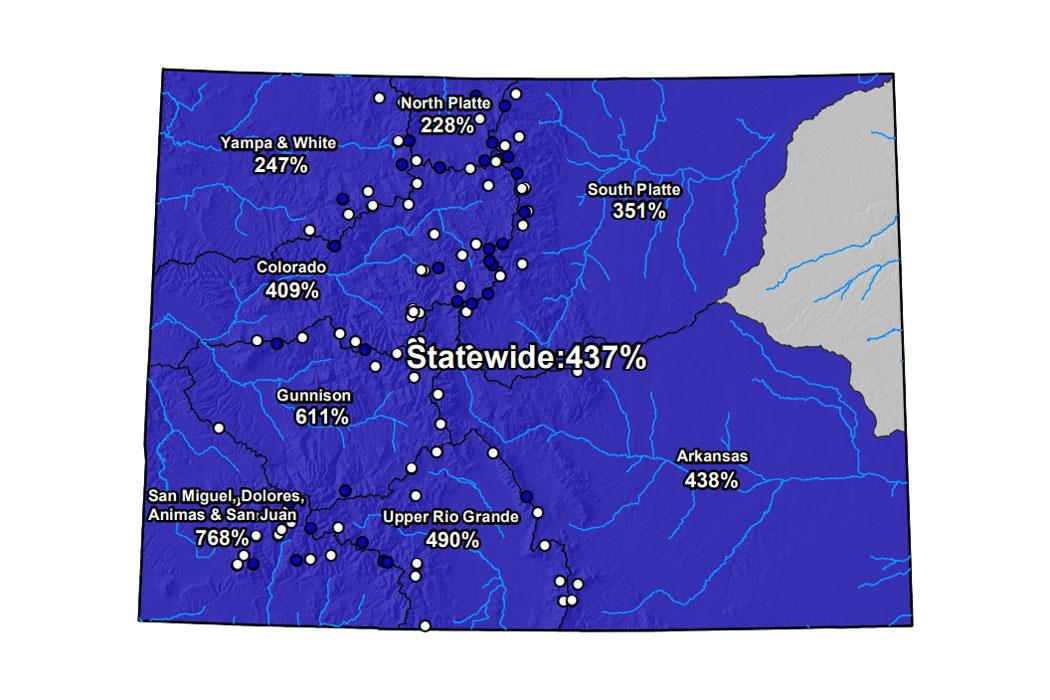

As of Friday, statewide snowpack was up to 437 percent of normal for this time of year. Snowpack in southwestern Colorado is more than 750 percent of normal.
The colder-than-average spring kept that snow from melting off, said Karl Wetlaufer from the Colorado Snow Survey, but upcoming warm weather could cause problems.
“People who are concerned strictly with water supply are definitely quite enthusiastic about it, particularly after last year which turned out to be extremely dry throughout the entire water year,” Wetlaufer said. “But I know there is a rising concern of floods now that we still continue to accumulate this snowpack later into the season, but we’re also approaching the time of year where we’re just going to get warmer and warmer temperatures, so that snow could start melting off very quickly.”
Wetlaufer said it will take a week or so for the warm weather to start melting the snowpack. Flood-vulnerable areas in the Gunnison basin and southwestern Colorado are bracing for floods.
“[The flood potential] depends on the terrain for an area,” he said. “Confined areas are going to have the water just kind of rushing down and it could cause a lot of erosion. Then if that hits a flatter area where the stream flow can really breach the bank, then flooding can be a major concern.”
Lake City has been working to brace for a potential flood through the town, Wetlaufer said.
While the snowpack numbers are certainly high, Wetlaufer said they can be deceiving.
In an average year, much of the snowpack has melted off by late May. That’s why these much-higher-than-normal percentages look so inflated.
“The actual percent of normal currently doesn’t exactly tell the entire story of what the snowpack was and how that’s going to affect the water supply,” Wetlaufer said. “Particularly with a lot of this late season cold weather and additional mountain snow, we really just haven't seen the melt rates we usually do. But even at the peak of the snow accumulation, it was an extremely substantial year.”
What’s more notable as a number, Wetlaufer said, is that when Colorado got all the snow it was going to get for the year, it was more than 130 percent of what the state usually gets in a year.
The normal numbers are calculated using 10 to 20 years of data for each day of the year.
